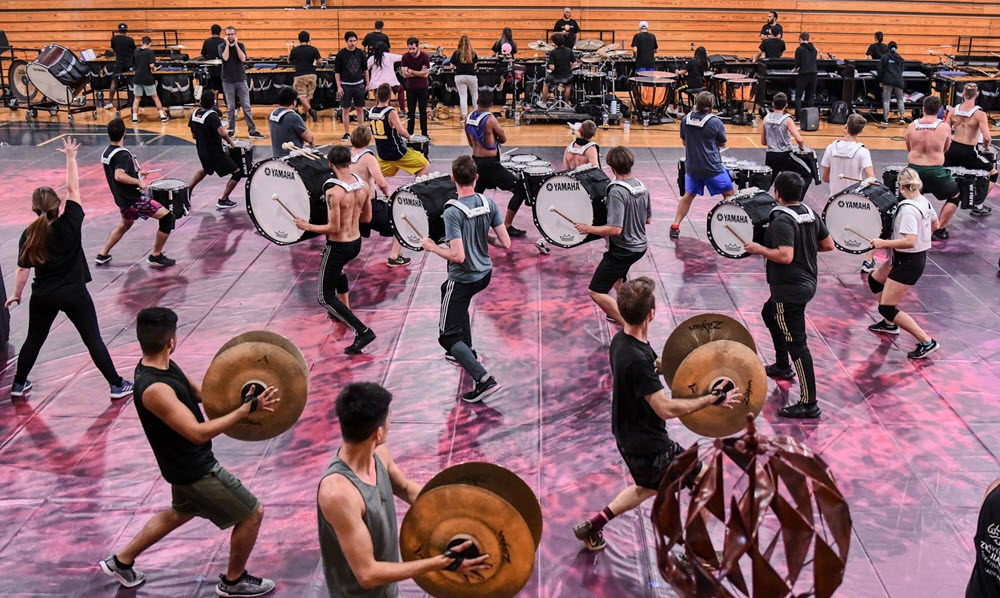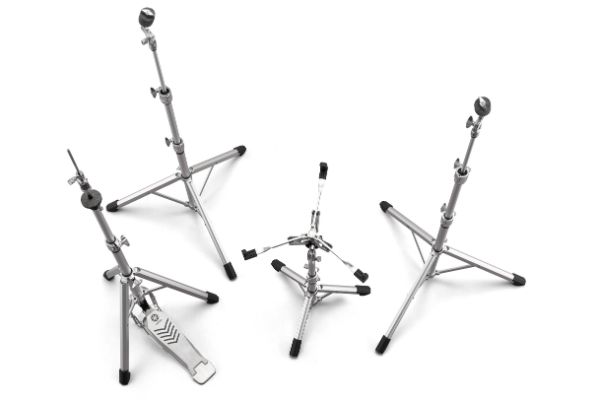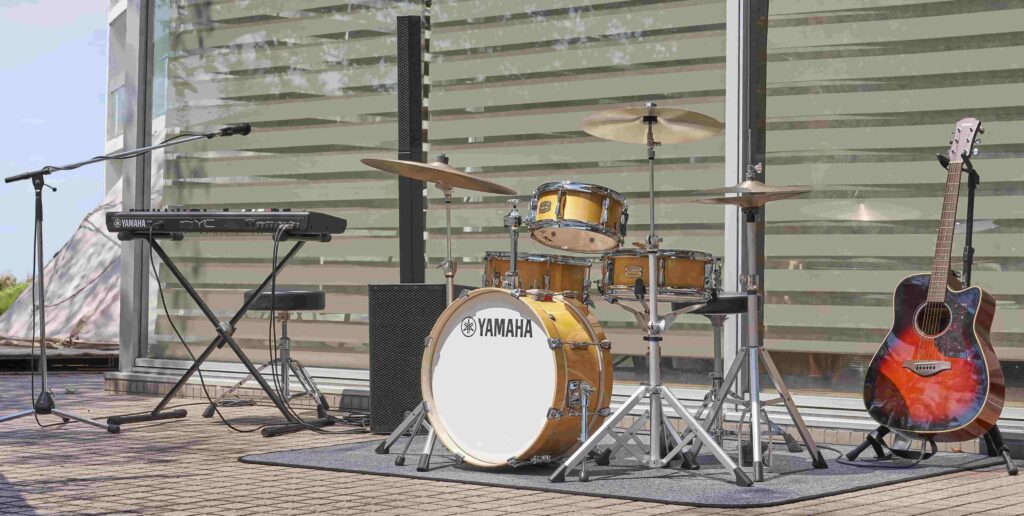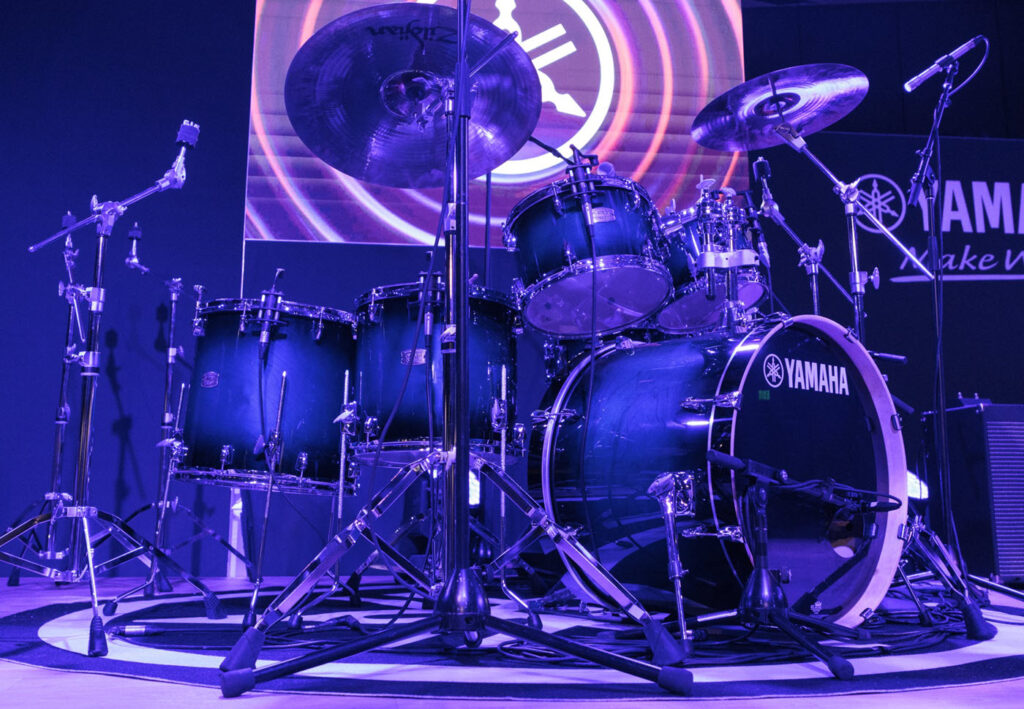What is Winter Guard International?
WGI allows indoor marching ensembles to shine every winter.
For many, the term “color guard” conjures up images of soldiers in dress uniform standing briskly at attention or marching in step.
But for many high school and college-age students, color guard is less about regimented military marching and more about creative, choreographed performances featuring dance, movement and athletic manipulation of flags, sabers and mock rifles.
Color guards are often part of high school and college marching bands, which typically perform during football season. The organization Drum Corps International (DCI) also provides an opportunity for color guards to join drum corps that compete in the spring and summer. And thanks to Winter Guard International (WGI), color guard participants get to shine independently between January and April every year, without being tethered to a drum corps or marching band — executing their elaborate routines to recorded music.
“There are great color guards that perform with drum corps and in almost every high school and college band,” says Dennis DeLucia, a member of both the DCI and WGI Halls of Fame, a judge at WGI competitions and a longtime Yamaha Artist. “But winter color guard is an activity unto itself.”

The History of WGI
According to the WGI website, its purpose is “to create a standard set of competition rules, establish a unity in judging techniques, and provide a national championship event,” but some historical context is helpful to understand how the organization came to be.
“Competitive drum and bugle corps started as a VFW and American Legion activity right after World War I, when both organizations were enjoying huge post-war enrollments,” explains DeLucia. “All the competitions were sponsored and governed by those organizations, and the rules were military-based. For example, in percussion, you were prohibited from using accessories like cowbells, maracas and tambourines, which were all deemed illegal. You weren’t allowed to use mallet percussion. You were playing on snare drum, single tenor drum, bass drum or cymbals — and that was it.”
Starting in the 1960s, many people involved in drum and bugle corps wanted to loosen the rules, which eventually led to the founding of DCI in 1972. “The first thing that DCI did was abandon all the rules set forth by the military organizations,” DeLucia says. The success of DCI helped spur those involved in winter color guard activity to form their own governing body, and in 1977, WGI was born.
WGI Structure
WGI, whose tagline is “Sport of the Arts,” is not just for color guards. It also oversees competitions in two other categories: Percussion and Winds ensembles; the former are essentially indoor drumlines, while the latter are comprised of brass and woodwinds with stationary percussion support. (DCI competitions only allow brass instruments.) The participants in these categories also perform choreographed routines, but play their own music live rather than using recordings.
The Percussion category incorporates the marching percussion and front ensemble (“pit”) components of a marching band. Winds ensembles also march but have a freer reign over instrumentation. “Winds were added a few years ago to include ensembles that wanted to use brass and woodwind instruments and feature them rather than percussion,” DeLucia says, “although many groups use grounded percussion at the back of the gym floor — timpani, mallet percussion, or a drum set.”

WGI is organized into a rather complex set of classifications. Within each of the three categories — Color Guard, Percussion and Winds — are two divisions: Scholastic and Independent. Scholastic groups are connected to high schools, while groups in the Independent division comprise non-affiliated organizations. “They are individual organizations that run their programs like nonprofits,” explains DeLucia. The Independent groups have to fundraise for their equipment, whereas the Scholastic groups can use the instruments owned by the high school to which they’re connected.
Here’s how WGI describes the various classes within each category and division:
- Regional A Class – Novice programs and performers with basic skills (Color Guard only)
- A Class – Beginning programs and performers
- Open Class – Intermediate level programs and performers
- World Class – The most advanced programs and performers
- Concert Class – A Class, Open Class and World Class (Percussion only)
Most WGI participants are high school or college age. “It’s similar to DCI in that you age out at the end of your 21st year,” says DeLucia. However, there’s one exception: World Class Color Guards, who abandoned the age rule a few years ago.
Despite the different skill levels, multiple classes sometimes compete at the same event. “When I judge a WGI show,” DeLucia says, “I might judge eight A Class Scholastic, six Open Class Scholastic, four World Class Scholastic, and three independent classes.”
WGI Judging
Each WGI category has its own set of rules and judging criteria. Generally speaking, judges look for factors such as quality of sound or movement, overall presentation, complexity of equipment or instrumentation, and visual effect.
The factors that judges evaluate in Winds competitions include Clarity of Program Concept, Artistry, Musicianship and Audience Engagement. Color Guard competitions are based on performance, movement, equipment and effect. Those judges compartmentalize the difference between the movement of the groups with their bodies and the equipment that they use — the flags, rifles or sabers that they are holding in their hands and throwing — plus the total effectiveness of the program.
DeLucia gives this example of the General Effect judging category in Percussion competitions: “The General Effect judge sits at the top of the stands or near the top and evaluates the whole product. One of the things he or she will assess is whether the performance elaborates on its stated title — say, ‘Rhythm in Blue.’ Does the show reflect the title? Does the visual interpretation match what the judge sees and hears? They’re judging the whole thing together as one performance, whereas the other judges in that competition have specific areas they’re evaluating.”
WGI Competitions
The WGI season begins in late January and is organized as a tournament that starts with regional competitions and culminates with the World Championships in Dayton, Ohio in April. Even with the winnowing down that happens in the regionals, 300 Color Guard, 200 Percussion and 40 Winds ensembles end up at the World Championship events, which occur at various Dayton area venues. Champions are crowned in each of the categories, divisions and classes.
DeLucia points to many benefits for participating in WGI. “First of all, it’s a goal-driven activity. It teaches about the seriousness of purpose, plus it’s a collaborative effort: Students must master their individual tasks in order for their section — and ultimately the entire group — to succeed. Participants learn how to rehearse, travel, perform and help each other reach their common goal.”
There are other aspects, too, according to DeLucia. “Boys and girls participate equally, with shared responsibilities, as do both honor roll students and those who struggle academically, because at the end of the day, it’s about the artistic endeavors. In addition, the camaraderie and bonding among the kids and staff is so powerful that it forms the basis for social life in school and beyond. Seniors welcome and care for incoming freshmen. Lifelong friends are made.”
The Future of WGI
DeLucia is optimistic about the future of the organization. “I believe that the WGI model will prosper moving forward,” he says. “It’s mostly scholastic-based, giving guards and drumlines a home in which to rehearse, recruit and perform. This is important to both school districts and to the parents’ groups that raise money and support their children in every way imaginable, through fund-raising, transportation, help with props and costumes, etc.”
As DeLucia points out, kids interested in color guard or indoor drumline have easy access to online resources like FloMarching, with WGI providing a solid national governing body for those with a psychological predisposition to participate in competitive art. But perhaps the most compelling argument for WGI’s future success is the simplest one of all: It’s exciting, challenging, inclusive and fun … and nobody sits on the bench!















